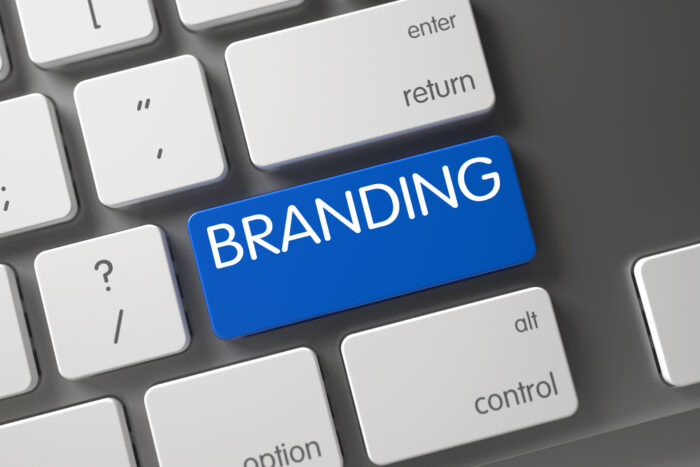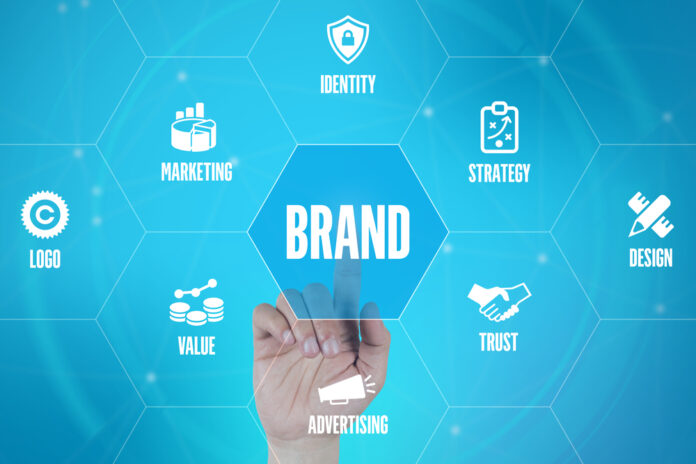Congratulations on setting up your small business! As small as it may be, don’t think of that as a negative thing. Remember that every big business out there has once started out small, too. In a world full of opportunities as it is today, there’s so much room for you to grow as long as you harness the right tools, engage with brand identity consulting, maximize your potential, and put in a lot of hard work.
Among all the other strategies that you can apply to build a strong brand identity for your business, you can’t go wrong with developing a brand identity, especially as you’re still a small business. When you’ve got a brand identity, it means that the general public or your customers know about your existence. They’re able to identify your brand and relate your products and services with quality.
In effect, once you’ve established a strong brand identity, whenever a customer needs to purchase a product or service within your niche that they know you have, your business becomes their first choice for this purchase. It’s also when you’ve developed a good brand identity that you can incorporate this into your campaigns like marketing paraphernalia from Shop Strange or other providers, advertising campaigns, social media efforts, and others.
With that said, if you haven’t already, it’s not too late yet to start developing this strong brand identity for your business. There are many ways you can do so, starting with these tips:
1. Do a Lot of Research
Remember that your brand identity is more than just your logo. So, it’s not just enough to rush the process, come up with a random logo, and hope that it’s going to work.
To have a strong brand identity, you also need to do strong background research. This starts with researching your niche, your target audience, and even your competitors. The data that you have can be used for you to come up with how to go about with your brand, such that you stand out from your competitors, you’re able to offer more than what your competitors currently are offering, and your brand resonates well with your target market.
Here are some important pointers to help you out:
- Audience. People want different things. So, you can’t expect your teenage market to have the same product preferences as the older ones. Knowing more about your audience and their specific demographic can help ensure that what you’re doing is all going to be tailored towards the specific market within your niche.
- Mission. Upon starting your small business, you already know what your business and brand offer to consumers. But, take it a step further beyond that. Be sure that your brand has a mission statement that’s able to clearly define your goals and your vision. This will make it easier for your target audience to fall in love with your brand more when they see that your mission also resonates with their lifestyle or personal preferences.
- Value proposition and composition. This refers to the fact that it makes your business unique and stands out from the industry. When you’re able to discover this, it’s also going to be so much easier for you to show to the public what you’re able to offer to your customers that they can’t find anywhere else.
2. Come Up with Your Assets
When it comes to branding, there are things known as assets. These are your logo, photography and graphics, color palettes, style guide, and typography.
It’s important to have these match each other and choose them early on in your branding process so that you can come up with all these that are matching and related to each other. The goal is to ensure that these assets are so united that, upon releasing them to the general public, they’ll immediately be able to identify those as belonging to your brand.
Generally, there’s no one-size-fits-all approach to this, as you’re going to have to factor in your business type and the niche that you belong to. Nonetheless, there are certain standards, known as the 3C’s, that would come in useful:
- Clarity. It’s your job to send your message out and not for your customers to guess what your message is. If they have to think so hard just to interpret or understand what you’re trying to say, then you’re not branding your business quite well enough.
- Commitment. There are instances that your brand, your ads, and all your marketing campaigns are going to get viral. But, remember that as is the case in any business cycle, there are always down days. On these days, the most important thing for you to have is commitment. This can keep you going, so you don’t lose motivation just because the situation feels a lot harder.
- Consistency. When all of your media, logo, and marketing campaigns point out that your branding is consistent, this makes for better memory recall with your target audience. This means that whenever they see your brand, certain colors, or even specific typography of your ads within the niche your business belongs to, these individuals can automatically relate it as your brand or business.
Once you apply these 3C’s, you can then proceed with designing each of those assets. Among them all, pay special attention to your brand logo. This is, after all, the face of your business. It’s one of the very first things that your brand is going to get known for.
Being that it’s the most recognizable part of your brand, all the more that you’ve got to ensure you get this right. Your logo should fit well in all of your business correspondence and marketing campaigns like print ads, business cards, your website, and social media accounts, among others.

3. Perform a SWOT Analysis
A SWOT analysis is still one of the fail-proof ways to come up with sound business and marketing strategies to give your business a strong foundation. Moreover, because you’re still a small business, it’s all the more that you’ve got to come up with a SWOT analysis as a part of your plan for branding strategies.
SWOT stands for strengths, weaknesses, opportunities, and threats:
- Strengths. This refers to your small business’ characteristics that work to be an edge against the competition.
- Weaknesses. These are your weak points that are a disadvantage for your business. Hence, you’ve got to focus your branding efforts here so you can eventually turn these weaknesses into strengths.
- Opportunities. This refers to all of the developments and changes in the niche or industry your business belongs to that offer positive opportunities for your business. When you’ve identified these opportunities, you should then make the most out of them, so you can penetrate these opportunities and use them to your advantage.
- Threats. This refers to those outside or third-party elements in the industry your business belongs to that may possibly bring in potential problems for your business.
4. Create Your Brand Story
Emotions are the best way to tug into the heartstrings of your target audience. This means that you can be able to convince them that patronizing your brand is the best choice when you give them that positive brand story to believe in. Essentially, this doesn’t just refer to your identity. However, it’ll shape the questions relating to how and why your business even started in the first place.
The more that your target market feels that they can resonate with you and your company culture, that’s when you’ll know that you’ve made it well enough with branding. Your brand story should be able to answer questions like the following:
- Where do you see your business headed in the near future? Five years down the road? 10 years later?
- What are the philosophies that your brand believes in, and how can you incorporate these into your marketing strategies?
- What are the pain points that your target audience has that your brand or business seeks to solve?
- How can your products and services act as the solution to these pain points?
In crafting your brand story, answering these questions can also shape your brand and identity as a business. It shows how your brand is able to relate to your audience and why your brand exists in the first place.
5. Create Trust with Your Customers
You can’t say that your business has a strong brand identity if you’re not able to win the trust of your customers for the long run. This is very important, as it’s what’s going to keep your business going smoothly. Remember that as a small business, your main goal is to grow. And, this growth can’t be achieved if you don’t have customers who trust you enough to continuously make purchases from your brand.
Last on this list, therefore, is to ensure that all of your brand elements are in place and you’ve started running and employing marketing tools to gain the trust of your customers. Trust is one of the biggest branding advantages that’ll put your business out there.
When your brand is trusted, you’ve got a strong identity versus that of the competitor. And, it also keeps you going strong, especially during the business economy may start to get rough.
Conclusion
As you can see, there are many ways for your business to be able to develop a strong and good brand identity. In the highly competitive business arena of today, a good brand identity is needed in order for you to stay afloat.
Moreover, there’s that hope that eventually, you’re going to win a much higher market share than you did before, going through all the effort that you now do for a stronger brand identity. When there are so many ways that you can do so, as enumerated above, you can simply try it out, little by little, and see what works for your business and what doesn’t.
Find a Home-Based Business to Start-Up >>> Hundreds of Business Listings.
















































